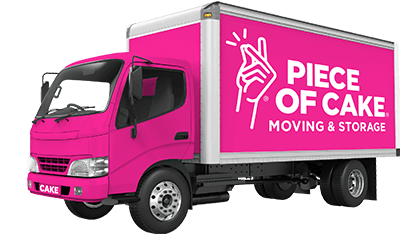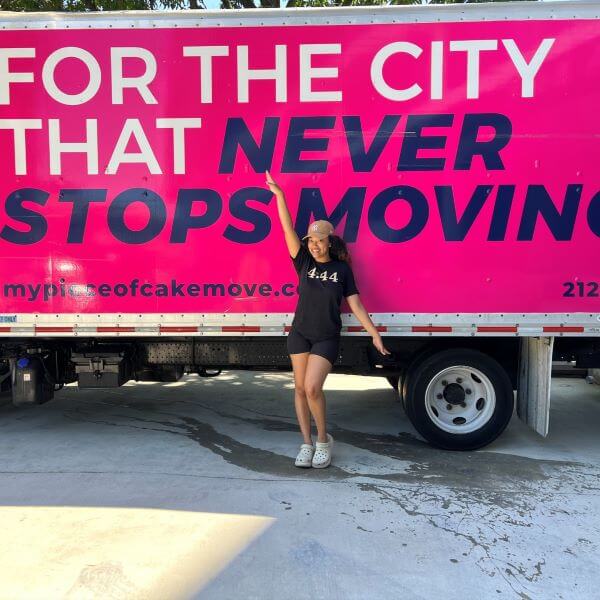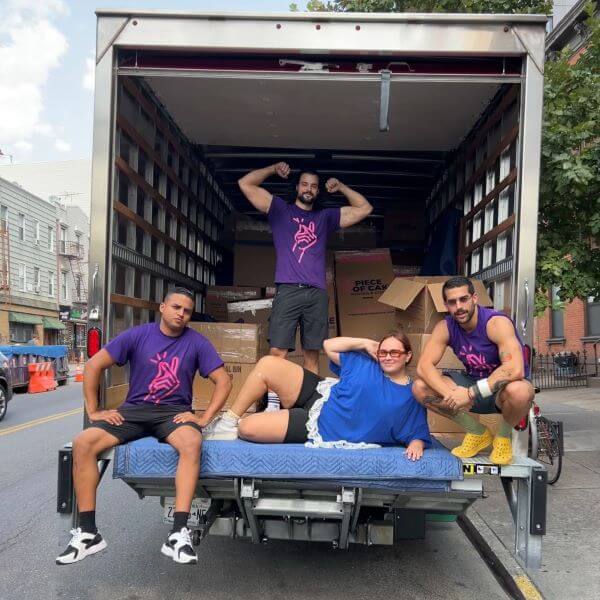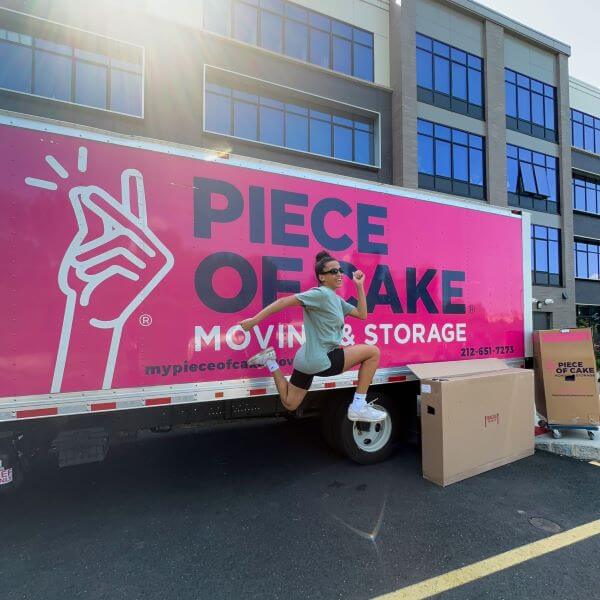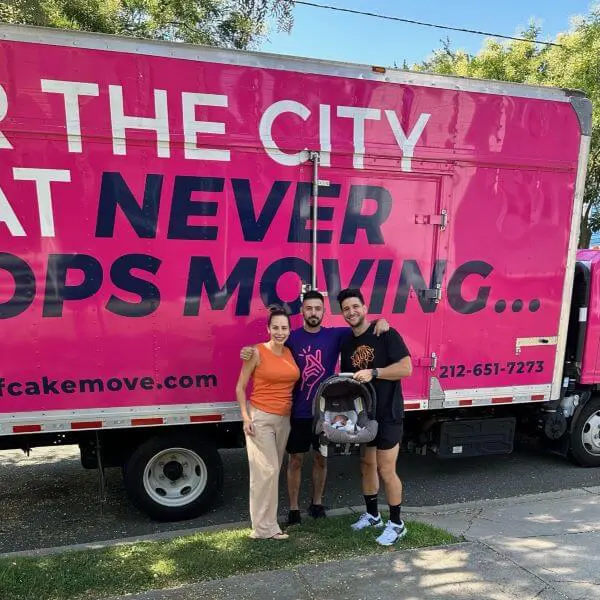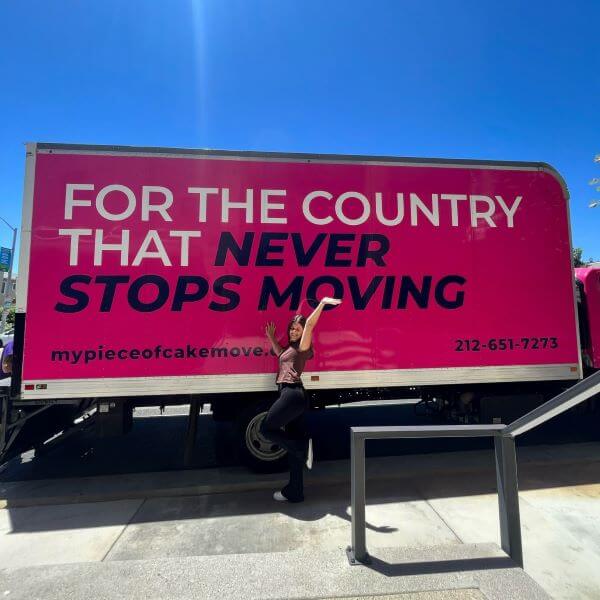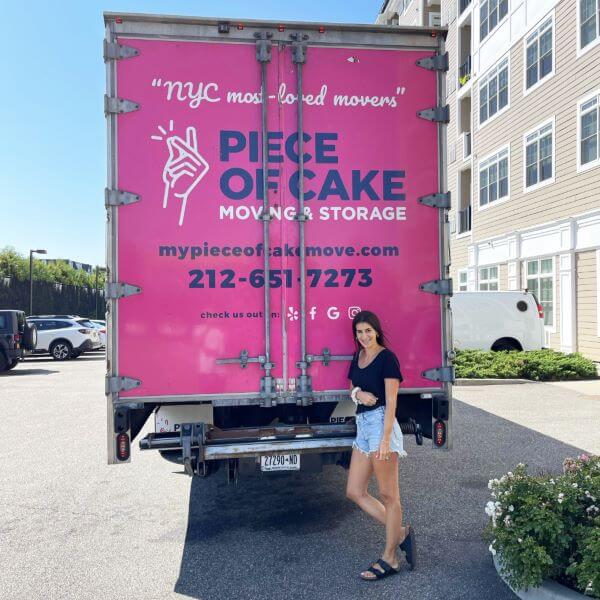Long distance moving tips
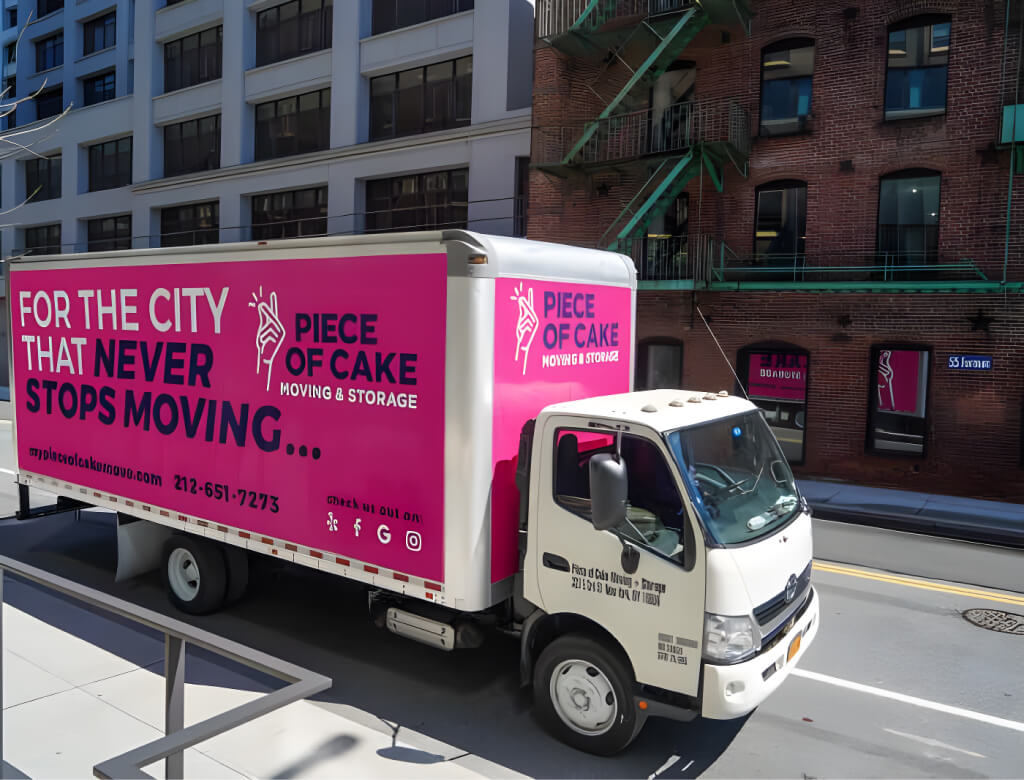
Moving across the country is an exciting but often daunting task which requires more planning than other moves. The right advice can help put you in a winning position at the other end.
Our guide includes insights from movers with decades of long distance moving experience.
You’ll find hints and tips on all 3 stages. First we cover the process of finding and pricing quotes for your long distance move with trusted professionals. Then we will cover tips for an efficient and organized packing experience and finally advice one making your long distance move day hassle free.
Thousands of Americans successfully move across the United States of America each year, for reasons including work, family and lifestyle changes. The next 10 minutes you spend reading our long distance moving guide will help set you up for a hassle free experience every stage of the process.
Stage one: Long distance moving quotes & costs
You have 2 main costs to manage in preparing quotes for cross country long distance moves.
They are the costs of moving your belongings with a moving company, and the costs of moving yourself (and any family members) including airline tickets, hotels and incidentals. Moving your pets may also incur a cost if driving is not an option or you don’t have the capacity to handle them.
For the most part, cross country moves in the USA are on average for a distance of 1,225 miles, according to the American Moving and Storage Association (AMSA). That’s roughly the distance between Phoenix and Miami.
Long distance moves logically require more road travel from your moving company to complete your move. If you pick a moving company who offers you a flat fee they will use the same flat fee calculation to quote a local move as they would a long distance move however the biggest variable which increases the price of a long distance move in this calculation is mileage. Check out how we calculate long distance move and the other long distance quoting methods you should stay clear of when inquiring for a long distance move quote here.
Before you call movers for a long distance moving quote, consider a few factors that could take off some of the pressure and stress associated with a long distance move.
These include:
- Moving in the off peak season, that means avoid summer if possible and save yourself several hundred dollars in the process. The middle of the month is also cheaper than the first and last days of the month, so consider that option as well as moving on a weekday instead of the weekend.
- Checking major event disruptions in your departure city and arrival city to ensure gridlock doesn’t rain on your parade and delay your movers
- Reducing the risk of any surprises that can delay your departure and arrival, like building management approvals for lift access and parking restrictions
- Finding an accredited and compliant long distance mover with industry standard insurance who won’t cut corners and cost you piece of mind in the long run
- Giving yourself ample time to pack, move and arrive before any tight deadlines such as the start of work or school.
- Donate or dispose of your unwanted and unneeded belongings so you have less to transport and pay for unnecessarily
- Enlisting friends or family to help pack, sell and dispose of your items, sharing the workload and some quality time all at once
Unless furniture is valuable or carries sentimental worth, it may be cheaper to purchase large items on arrival at your new home instead of transporting them.
It really depends on what your needs are on arrival, the flexibility with your time and the rest of the family, as well as any other commitments you might have to meet. All moves and their costs come down to balancing your capacity to project manage every aspect, with other demands on your time and wellbeing.
Getting a quote
Once you have clarified when you will move, and exactly how many of your belongings you will be taking with you, it’s time to hit the phones or emails and find the company that will meet your long distance moving needs.
While you can ask a moving broker website to connect you with multiple quotes from a range of movers with differing levels of experience and compliance, you can also check your local reviews on Yelp and Google for some suggestions. Asking colleagues or friends for recommendations is another good way to get genuine recommendations.
A professional moving company will ask for your moving inventory list so that they can calculate your move, for long distance moves, if you have lots of items they may also request an in person quote and estimate to ensure all of your items are correctly calculated in the quote.
Do a comparison analysis of between 3 and 4 companies and ask them questions about how they calculate pricing, what levels of insurance they offer and some examples of their recent cross country moves.
Don’t commit to any mover until you’ve investigated the insurance requirements at your building of departure and arrival and can ensure the mover will meet them. Making a deposit will generally secure your moving day services, but you should also inquire about changes to the day and what level of notice your company will need for any changes.
Be wary of any estimate that is significantly lower than its competitors. Online reviews on these companies will confirm whether they are indeed too good to be true.
Another element to watch is for consistent customer engagement. A customer centric moving company will provide a single point of contact to manage all your questions and needs throughout the process, be upfront and transparent about their claims process should anything unexpected happen along the way and be timely in answering your emails or calls.
Once you have found a mover that meets your expectations, has great reviews, meets the mandatory compliance with state and federal requirements and operates ethically, you can move to Stage Two of your long distance move.
Stage two: Planning
Schedule and map it out
Deadlines are key when planning, packing and managing a long distance move. Your main deadlines are your pick up and delivery dates. These will be coordinated with building management, your movers, your employer and any other family members.
The next step should be mapping out a schedule to see how much time you really have for all the elements of your move between these two deadlines and creating milestones to project manage the relocation. The aim is to manage your move in a way that enables the rest of your life to continue with as little disruption as possible.
Your window of time may be as small as a fortnight or as flexible as 3 months, depending on the distance you need to travel and the time between booking your move and your big move day.
Long distance moving tasks include:
- Finding your new home
- Getting moving quotes and choosing a mover
- Sourcing packing supplies including boxes and tape
- Advising employers and schools of the move
- Coordinating Certificates of Insurance
- Gaining approvals from building management for lift or parking access on your days of departure and arrival
- Disposing or donating unwanted items
- Filling essential prescriptions to ensure at least one months supply on arrival
- Advising family and friends
- Forwarding mail and subscriptions
- Researching and connecting utilities providers
- Coordinating the arrival of your belongings and meeting the movers
- Unpacking boxes and reassembling furniture
- Walking or driving around your new neighbourhood to introduce the family members to the area
- Finding new doctors, dentists and vets
- Enrolling children in a new school
- Starting your new job
In some situations, you won’t be ready to move into your new property on arrival and will be house hunting or short term subletting while your movers are on the road and on their way.
In this case, plan to have your items moved into storage and if something changes unexpectedly, such as signing a lease in record time, get clear steps from your movers on how they would manage the adjustment in location.
Create a weekly checklist
Now that you have all your timelines and key dates mapped out, create a weekly packing checklist to keep you on track with your packing and other tasks.
Divide all these tasks into their relevant weeks and populate your checklist with notes, reminders, assign tasks to other members of the family and ask for help if things start to overwhelm you or you need a second (and third) set of hands to keep everything on track.
A great approach is to divide up the rooms of your home and items in your home to pack in each week. These should be approached in the order that will impact you as little as possible in continuing to function as the boxes grow around you.
This is essential for keeping you on track because Long Distance Moves cannot come together at the last minute. You have to be ready on time and preferably ahead of time so any unexpected hiccups can be resolved before you and your belongings hit the road, avoiding unnecessary additional costs and delays.
We recommend starting with storage rooms such as the basement, followed by rooms like the study which you can accommodate by shifting work to the living room or bedroom temporarily.
Prioritise packing of rooms in your home such as:
- Garage
- Guest room
- Basement or attic
- Study
- Laundry
- Kitchen
- Living room
- Main bedroom
- Kids rooms
- Bathroom
As you move through each room, keep notes on what you are packing, disposing of and otherwise accounting for. Tracking is essential, even if you just tick items off your list so you can see what’s been completed and give yourself that valuable confirmation of visible progress.
Keep an area or box in each room clearly marked for items being disposed of, or given away, so everyone involved in the process can continue to cull the number of items they are taking as they come across them. The process of spring cleaning or purging is an ongoing one as you progress through each room.
Packing right
It goes without saying that more time on the road will mean more opportunity for your belongings to move around in the vehicle. The extra care you take during packing will make all the difference.
The amount of padding, wrapping and packing that might have been ok in a local move has to be taken up to the next level when travelling 2,700 plus miles from New York to LA.
Buying and sourcing sturdy moving appropriate boxes, whether they are repurposed from other deliveries and moves or purchased specifically for moving is a big part of the task. You can purchase moving supplies from your moving company; they will usually sell bundles or individual boxes and have them delivered to your house prior to your move day. Take advantage of that service it will save you time googling moving boxes online.
Once you have clean and durable boxes, ensure you have other supplies, including:
- Markers
- Strong packing tape
- Bubble wrap
- Packing paper
Put your boxes together with a double layer of tape securing the base in both directions and then line the inside base of the box with either packing paper or waterproof material like plastic
The general rule of thumb is to place heavier items at the bottom of a box and lighter items towards the top. Do not overpack boxes as they will become too heavy to carry even though your movers are strong a box should never be super heavy.
Try to avoid using large boxes for heavy items, such as books, or overloading linen and clothing into large boxes which makes moving them a challenge.
Label your boxes with the room and contents as you go, to make finding and unpacking items easier as well as tracking all your belongings. This is where the inventory list we mentioned earlier should be by your side and added to with comments and notes as you go.
Once all your items are boxes, your moving day suitcases are organised and rubbish is disposed of, you’re onto the final stage.
Stage three: Long distance move day
Meet your movers
All movers require someone to meet them at your property to oversee the removal of your belongings and packing of the truck. This is especially the case if you have insurance, which can become void if no one can confirm the items loaded are the items that arrived.
Once you meet your movers your building management or Super will likely come and check that everything is running according to plan and lay any temporary boarding on top of their carpets to protect them from the increased traffic.
Walk through your home and go over the loading plan with your team, fielding any questions they might have. If there are additional items that haven’t been quoted for in your inventory list which you supplied your moving company when booking your move may be subject to additional charges. You may have to speak to customer support to resolve any last minute adjustments to your outstanding balance.
For the most part, stay nearby or inside the property, try to stay out of the entrances they are using as your movers will be in and out of the property frequently. If you have booked reputable movers, they will be respectful of your neighbours and limiting any noise, but it’s always worth engaging with anyone you’ve inadvertently delayed or inconvenienced during your move to help smooth the way.
For large moves, your movers may take a small break for lunch and return at an anointed time, they will usually have packed food and drinks in the truck.
Once the truck is fully loaded you will be asked to sign paperwork and confirm all the items were loaded to enable them to get on their way.
Before you get on the move
Before you leave your property, you’ll have some tasks to complete that have nothing to do with your movers.
Cleaning the property, securing it by locking windows, repairing any damage and returning keys are time consuming but can be costly if you skip them altogether. Make sure you are clear on your responsibilities as a departing home owner and can either carry them out before you leave or delegate authority to someone to finish on your behalf.
Whether you’re hitting the road for a few hours of driving yourself or heading to the airport to catch a flight, don’t forget to double check arrangements on arrival are confirmed. This can mean meeting a real estate agent to provide you with your new house keys, or confirming your new Building Super is expecting your movers and has your contact details handy for any questions.
Now you can get on your way, and close the last chapter behind you. With your inventory list and your professional movers on the job, the process of unpacking at the other end will be a breeze. Even more so if you already have a floor plan and have an idea how to direct the movers to place your items as they carry them inside.
If any minor issues crop up, even delays on the way, take it in your stride. The hardest part is over.
You can focus on the people around you and new experiences. After all, the journey can be fun, not just the destination. Good luck with your bold, long distance move!
Ready to make a move? Get in touch today for an obligation-free guaranteed flat price moving quote.
Related articles
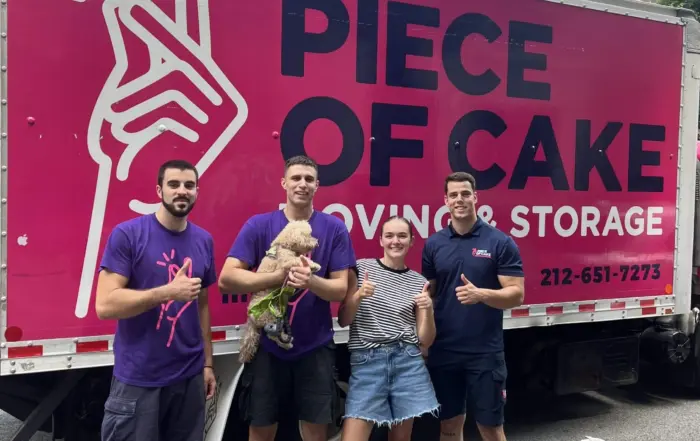
Average Moving Cost in Connecticut: Factors that Affect Moving Prices
Learn More

9 Tips for Moving to a Building with no Elevator
Learn More
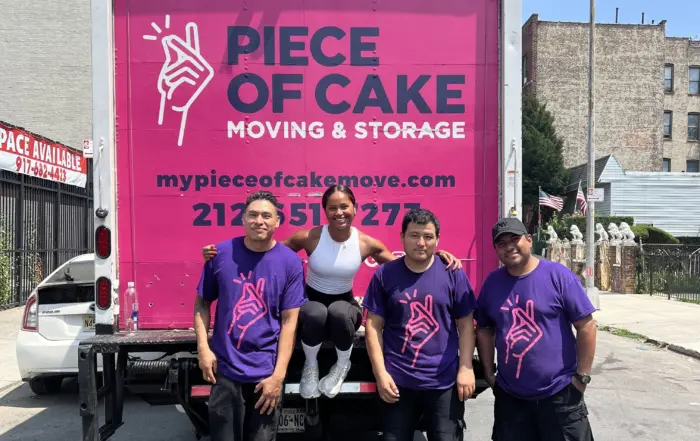
How to Get Rid of a Couch in 8 Easy Ways
Learn More
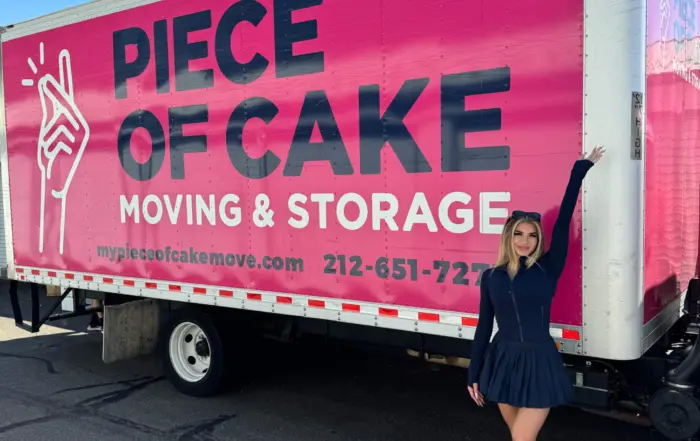
Average Moving Costs in NJ: Factors that Affect Moving Prices
Learn More
